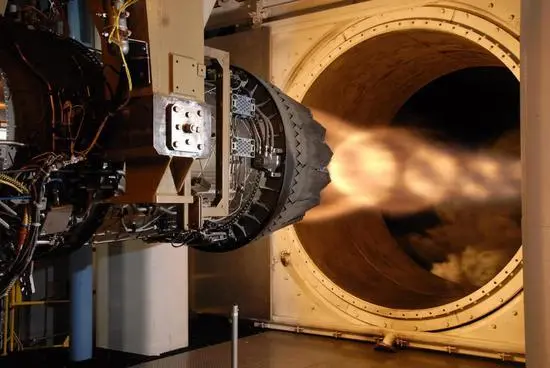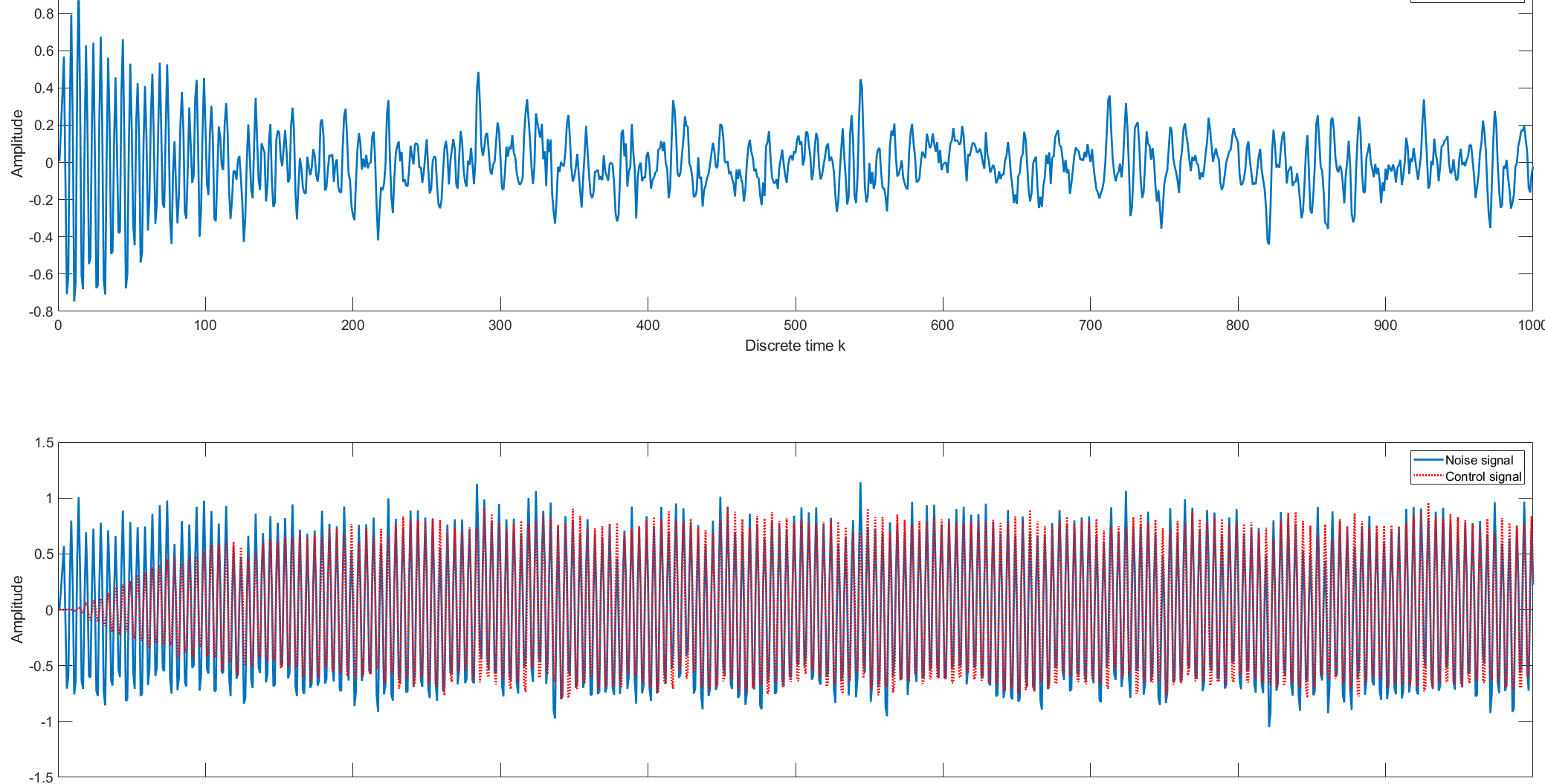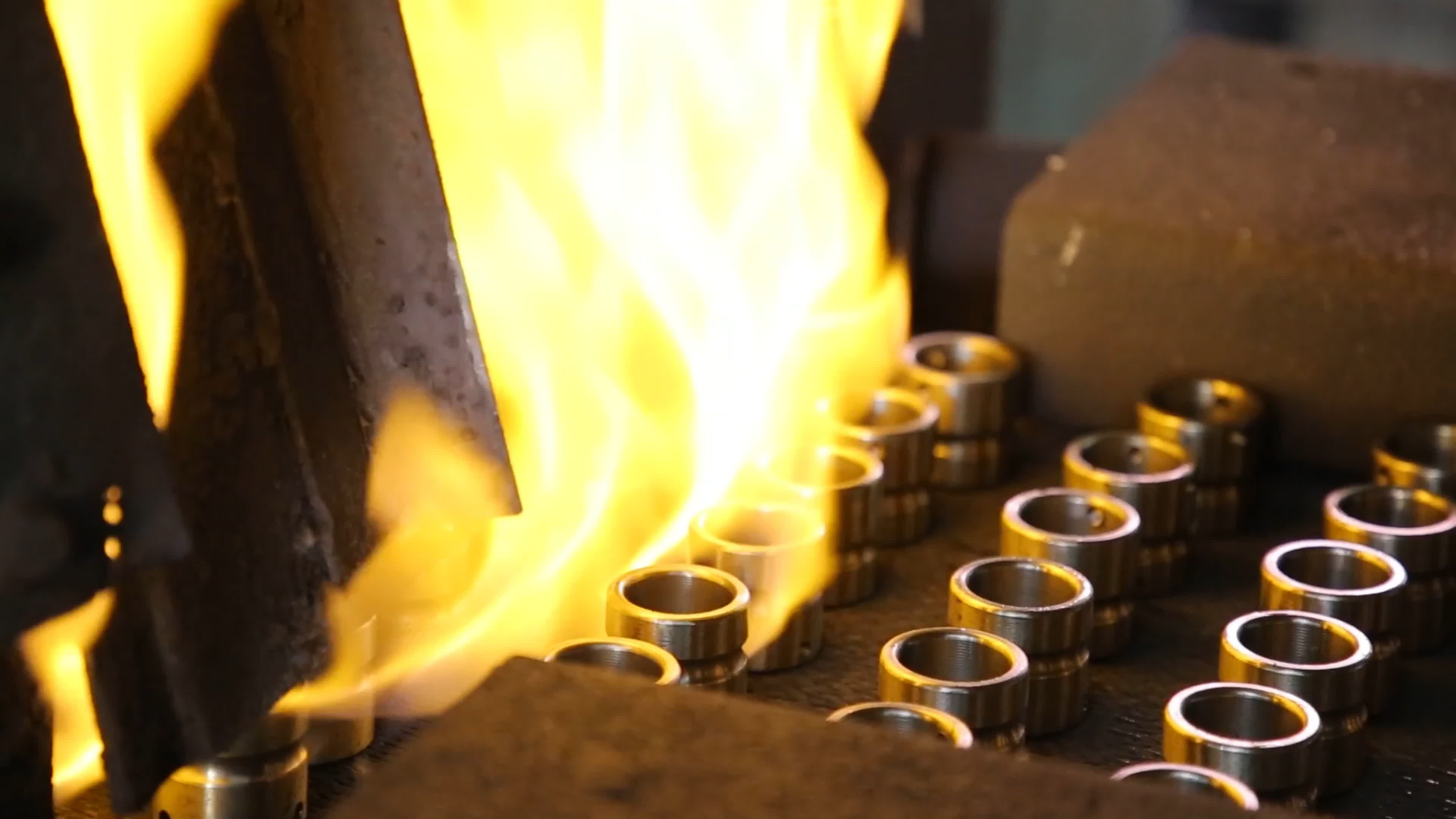

Analysis of Automotive Bearing Parameters
Automotive bearings are very important components in cars, supporting the rotating parts of the car and bearing various loads. The performance of bearings directly affects the driving safety and overall performance of automobiles. Therefore, understanding the parameters of automotive bearings is crucial for selecting suitable bearings. Here are some key automotive bearing parameters:Dimensional standards: The inner diameter, outer diameter, and width of the bearing are basic dimensional parameters, usually following international standards such as ISO 15.Tolerance: The dimensional tolerance and geometric tolerance of bearings are important parameters to ensure correct installation and operation of bearings. The tolerance level is usually divided into ordinary level, P6, P5, etc., where P6 and P5 represent higher precision levels.Internal clearance: The internal clearance of a bearing refers to the gap between the rolling elements and the raceway inside the bearing. The selection of clearance has a significant impact on the noise, vibration, and lifespan of bearings. The clearance is divided into radial clearance and axial clearance. Appropriate clearance can ensure flexible rotation of the bearing during operation, while reducing friction and wear.
 Allowable misalignment error: Misalignment error of bearings can affect their noise and lifespan. The misalignment error of individual bearings and paired bearings usually has specific limitations.Friction: The starting torque and power loss of a bearing are parameters that measure its friction performance. Low friction bearings can reduce energy loss and improve energy efficiency.Defect frequency: The defect frequency of a bearing refers to the frequency of abnormal sounds or vibrations generated by the bearing during operation.Ultimate speed: The ultimate speed of a bearing refers to the maximum speed that the bearing can reach without excessive temperature rise. Exceeding the limit speed may cause the bearing to overheat or even be damaged.Materials: The materials for bearings usually include high carbon chromium steel, stainless steel, etc., which have good wear resistance, corrosion resistance, and strength.Heat treatment: The heat treatment process of bearings has a significant impact on their performance, including hardness, wear resistance, and toughness.Lubrication: The lubrication method and lubricant selection of bearings are crucial for their lifespan and performance.When selecting automotive bearings, the above parameters should be comprehensively considered based on specific application conditions and requirements. For high-speed applications, it may be necessary to choose bearings with higher limit speeds and low friction characteristics. For applications that bear heavy loads, it is necessary to choose bearings with high material strength and large load-bearing capacity. At the same time, the installation and maintenance of bearings should also follow the manufacturer's guidance to ensure their correct operation and long service life.
Allowable misalignment error: Misalignment error of bearings can affect their noise and lifespan. The misalignment error of individual bearings and paired bearings usually has specific limitations.Friction: The starting torque and power loss of a bearing are parameters that measure its friction performance. Low friction bearings can reduce energy loss and improve energy efficiency.Defect frequency: The defect frequency of a bearing refers to the frequency of abnormal sounds or vibrations generated by the bearing during operation.Ultimate speed: The ultimate speed of a bearing refers to the maximum speed that the bearing can reach without excessive temperature rise. Exceeding the limit speed may cause the bearing to overheat or even be damaged.Materials: The materials for bearings usually include high carbon chromium steel, stainless steel, etc., which have good wear resistance, corrosion resistance, and strength.Heat treatment: The heat treatment process of bearings has a significant impact on their performance, including hardness, wear resistance, and toughness.Lubrication: The lubrication method and lubricant selection of bearings are crucial for their lifespan and performance.When selecting automotive bearings, the above parameters should be comprehensively considered based on specific application conditions and requirements. For high-speed applications, it may be necessary to choose bearings with higher limit speeds and low friction characteristics. For applications that bear heavy loads, it is necessary to choose bearings with high material strength and large load-bearing capacity. At the same time, the installation and maintenance of bearings should also follow the manufacturer's guidance to ensure their correct operation and long service life.





